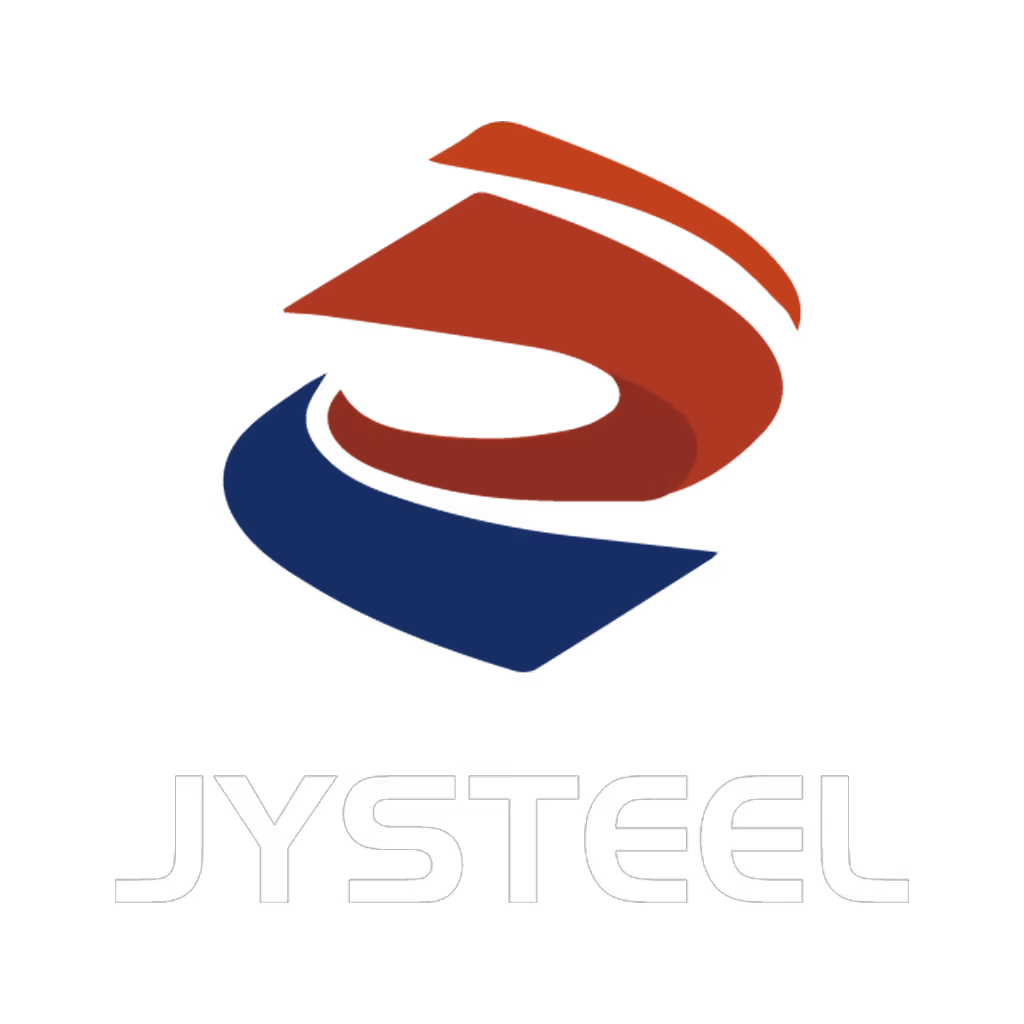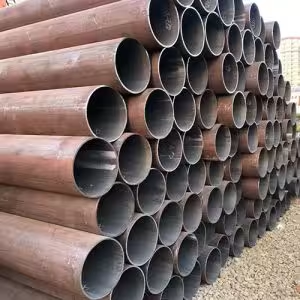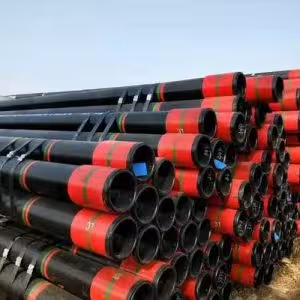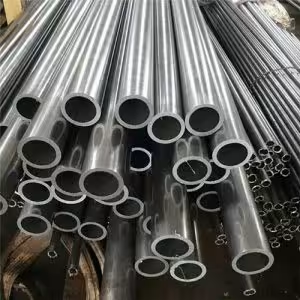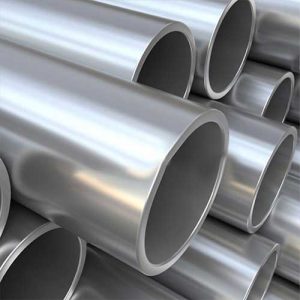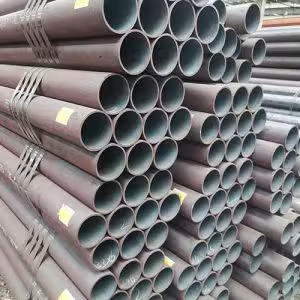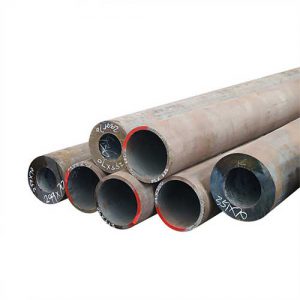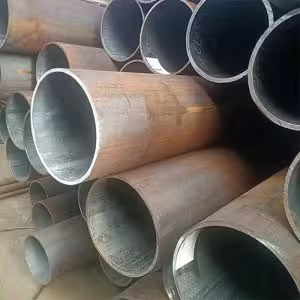Welcome to My Blog!
Before we dive into the content, I’d love for you to join me on my social media platforms where I share more insights, engage with the community, and post updates. Here’s how you can connect with me:
Facebook:https://www.facebook.com/profile.php?id=61565500692293
Now, let’s get started on our journey together. I hope you find the content here insightful, engaging, and valuable.
Table of Contents
Introduction
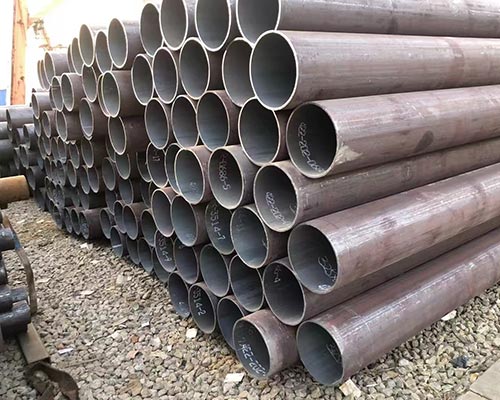
The seamless steel pipe, with its continuous structure and homogenous composition, stands out as a preferred material in the world of piping. From oil and gas transportation to construction and mechanical engineering, these pipes play a critical role in ensuring the safe and efficient transfer of various substances. Understanding the benefits and applications of seamless steel pipes is essential for anyone involved in the design, specification, or installation of piping systems.
Understanding Seamless Steel Pipes
To fully appreciate the benefits of seamless steel pipes, it’s important to understand their unique characteristics and how they are made.
What Are Seamless Steel Pipes?
Seamless steel pipes are tubular products made from a single piece of steel, without any welds or seams. They are produced through processes such as hot extrusion or cold drawing, which create a uniform and consistent pipe structure.
Key Features of Seamless Steel Pipes
- Uniformity: The lack of a seam ensures a consistent internal and external surface, reducing the risk of corrosion and leakage.
- Strength: Seamless pipes can withstand high pressures and are less prone to failure compared to welded pipes.
- Corrosion Resistance: The uniform structure allows for better application of protective coatings, enhancing corrosion resistance.
- Precision: Seamless pipes can be produced with tight dimensional tolerances, making them suitable for precision applications.
Benefits of Seamless Steel Pipes in Industry
The benefits of seamless steel pipes extend beyond their physical properties, offering advantages that contribute to the efficiency and safety of industrial processes.
Enhanced Safety and Reliability
Seamless steel pipes provide a safer and more reliable means of transporting fluids and gases. Their uniform structure reduces the risk of leaks and failures, which is critical in high-pressure applications.
Improved Efficiency
The lack of a seam allows for a smoother flow of materials, reducing friction and pressure loss. This can lead to energy savings and improved efficiency in fluid transportation systems.
Cost-Effectiveness
Although the initial cost of seamless steel pipes may be higher than that of welded pipes, their long-term durability and reduced maintenance requirements can result in cost savings.
Versatility in Applications
Seamless steel pipes can be used in a wide range of applications due to their strength and corrosion resistance, making them suitable for various industries.
Applications of Seamless Steel Pipes in Industry
Seamless steel pipes are used across various industries, demonstrating their versatility and importance in modern engineering.
Oil and Gas Industry
Seamless steel pipes are crucial in the oil and gas industry for transporting hydrocarbons and other fluids over long distances.
Construction and Architecture
In construction, these pipes are used for structural support, as well as for plumbing and HVAC systems.
Chemical and Pharmaceutical Industries
The corrosion resistance of seamless steel pipes makes them ideal for handling aggressive chemicals and pharmaceutical products.
Power Generation
Seamless steel pipes are used in power plants for steam and water transportation, supporting the efficient operation of turbines and boilers.
A Comparative Analysis of Seamless Steel Pipes
To provide a clearer picture of the advantages of seamless steel pipes, here’s a comparative analysis of their features and benefits:
Seamless Steel Pipe Feature Comparison Table
| Feature | Description | Importance in Industry |
|---|---|---|
| Pressure Resistance | Ability to withstand high internal pressures | Essential for safe transportation of fluids and gases |
| Corrosion Resistance | Resistance to chemical and environmental corrosion | Critical for longevity and maintenance costs |
| Tolerance to Temperature | Ability to operate in a range of temperatures | Important for applications with temperature fluctuations |
| Surface Finish | Smooth internal and external surfaces | Reduces friction and improves flow efficiency |
| Joint Integrity | No seams mean fewer points of potential failure | Enhances safety and reliability |
This table provides a snapshot of how seamless steel pipes compare to other piping options in terms of key features that are often considered in industrial applications.
Making the Right Choice
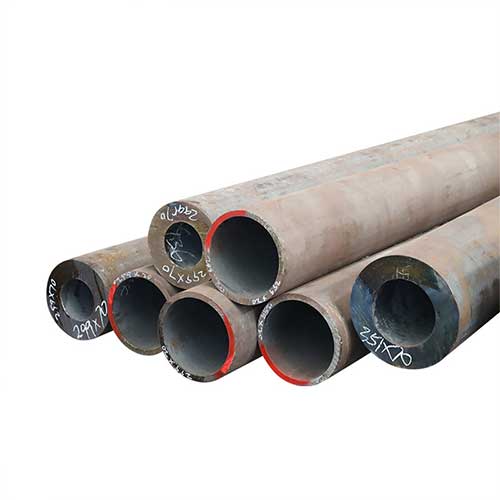
When selecting seamless steel pipes for your industrial application, consider the specific requirements and constraints.
Project Requirements
Consider the specific requirements of your project, such as the type of fluid being transported, pressure and temperature conditions, and resistance to corrosion.
Budget Constraints
Seamless steel pipes may have a higher initial cost, but their long-term durability and low maintenance requirements can result in cost savings over time.
Long-Term Performance
Think about the long-term performance of the pipes, including their resistance to corrosion, their maintenance requirements, and their expected service life.
Sustainability and Environmental Impact
Consider the environmental impact of the pipes, including their recyclability and the energy required for their production and maintenance.
Conclusion
Seamless steel pipes offer a range of benefits that make them an excellent choice for many industrial applications. Their strength, durability, and reliability position them as a preferred solution for transporting fluids and gases under pressure. By understanding the benefits and applications of seamless steel pipes, engineers and contractors can make informed decisions that will enhance the efficiency, safety, and sustainability of their projects.
FAQ
Q: What are the main benefits of using seamless steel pipes in industrial applications?
A: The main benefits include enhanced safety and reliability, improved efficiency, cost-effectiveness, and versatility in applications.
Q: How do seamless steel pipes compare to welded pipes in terms of pressure resistance?
A: Seamless steel pipes can withstand higher pressures due to their uniform structure and lack of seams, making them more reliable for high-pressure applications.
Q: What factors should I consider when selecting seamless steel pipes for my project?
A: Consider factors such as the project’s specific requirements, budget constraints, long-term performance, and the environmental impact of the pipes.
Q: Are seamless steel pipes difficult to install?
A: Seamless steel pipes are relatively easy to install using standard piping techniques. However, due to their strength, special tools and equipment may be required for bending and cutting.
Q: Can seamless steel pipes be used in outdoor applications?
A: Yes, seamless steel pipes can be used in outdoor applications, but they may require additional protection, such as coatings or wraps, to prevent weathering and corrosion.
